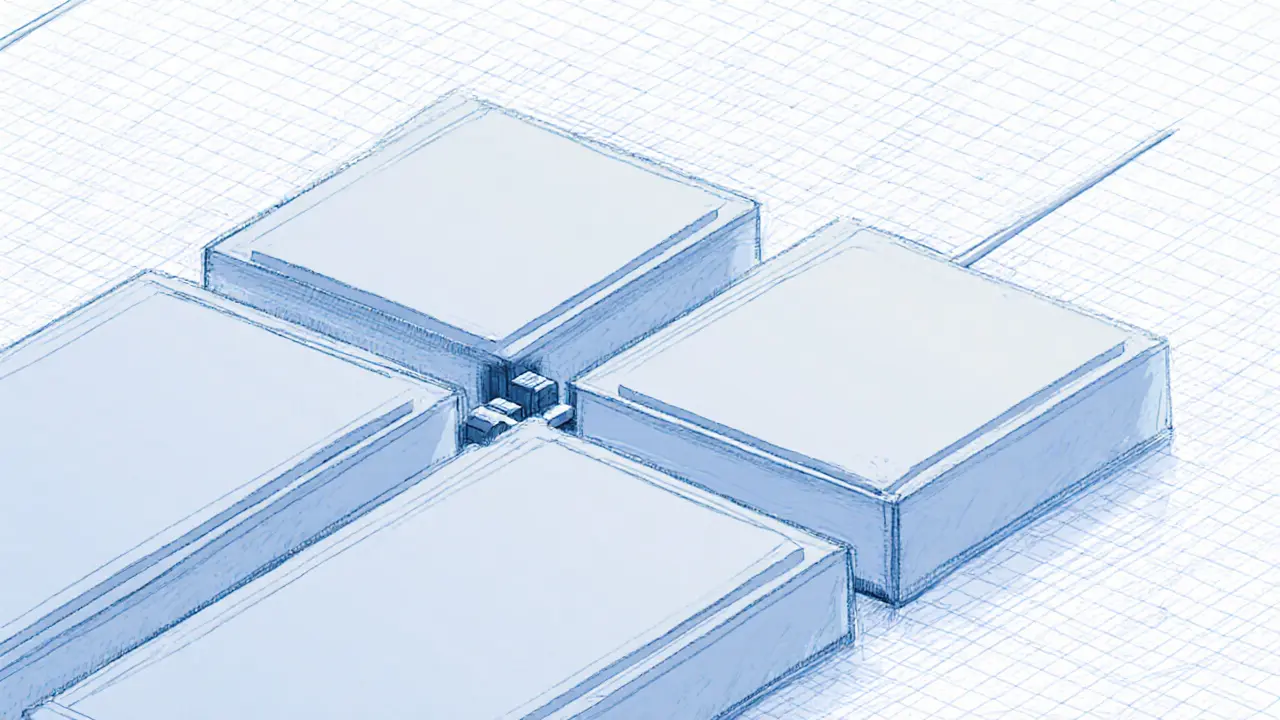Blockchain Sharding: Scaling the Future of Crypto
When working with blockchain sharding, a technique that splits a ledger into multiple parallel shards so each can process its own set of transactions. Also known as sharding, it lets a network increase throughput without sacrificing security.
One of the biggest reasons developers chase scalability, the ability of a blockchain to handle more transactions per second as demand grows is that users expect fast, cheap transfers. Sharding directly addresses that need by allowing many shards to work side‑by‑side, which reduces congestion and cuts fees. The approach isn’t magic; it requires robust cross‑shard communication so that assets can move safely between pieces of the chain. That requirement shapes the design of next‑generation networks.
Key Projects and How They Use Sharding
Ethereum 2.0, the major upgrade of the Ethereum network that adds proof‑of‑stake and sharding to boost capacity plans to roll out multiple shards over several phases. Each shard will hold its own state, letting the main chain coordinate them all. This roadmap shows how a major public chain can embed sharding into its core consensus.
Beyond Ethereum, Polkadot, a multi‑chain platform that connects independent blockchains called parachains adopts a form of sharding at the network level. Parachains run in parallel and share security through the Relay Chain, which mirrors the shard‑parallelism concept but with interoperable chains instead of slices of a single ledger.
For developers who want an immediate fix, many layer 2 solutions, off‑chain protocols that batch transactions before posting a summary to the base layer provide a sharding‑like effect without changing the base protocol. Rollups, state channels, and sidechains all compress data, letting the main chain stay lean while users enjoy near‑instant confirmations.
All these examples illustrate a clear pattern: sharding or sharding‑inspired designs are essential for any blockchain that wants to serve millions of users. Below you’ll find deep dives into specific coins, exchange reviews, tokenomics, and security concepts that all tie back to how sharding reshapes performance, governance, and real‑world use cases.

Blockchain Sharding Explained: How Sharding Scales Crypto Networks
Learn what blockchain sharding is, how it works, its benefits, challenges, and real‑world examples like Ethereum, Cardano, NEAR, and Polkadot.
